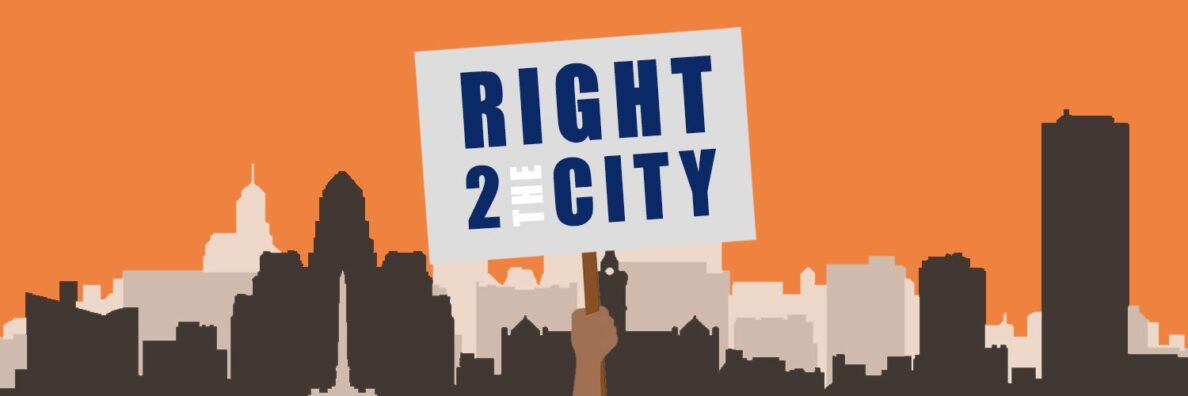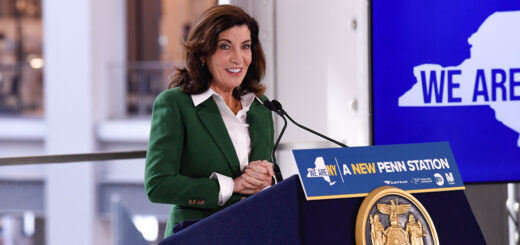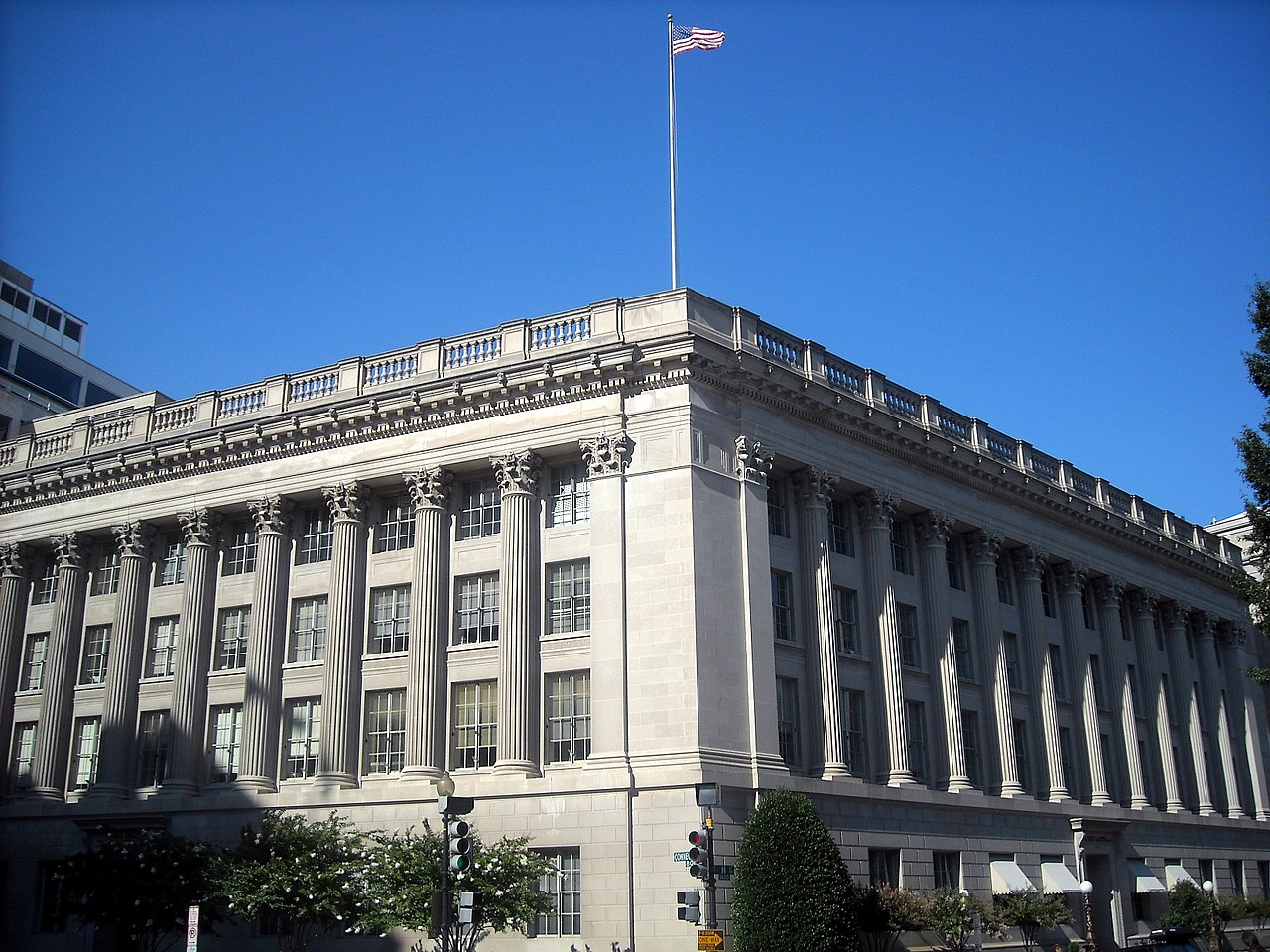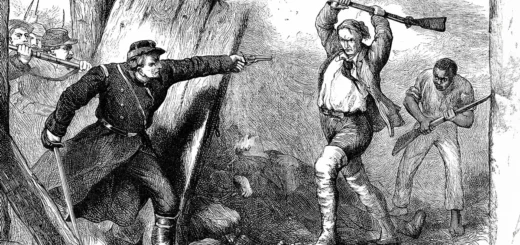Camp Neighborhood Development

Professor at University at Buffalo
The 2017 program marks the fifth year for the Center for Urban Studies annual Summer Academic Camp on Neighborhood Development, a project-based learning program that empowers Buffalo youth with tools in urban planning for the improvement of their own communities. Topics covered include place-making, the history of Buffalo, public art, food deserts, vacancy and “complete streets,” or safe access to streets for all users. Targeting middle-school-aged youth, the program is based on the premise that learning is enhanced and motivation is increased when skill development is linked to real-world projects that positively change communities.
This year, students took their plans and ideas from concept to action, creating five projects designed to address specific challenges in communities on Buffalo’s East Side, from the Fruit Belt to the Martin Luther King Jr. Park neighborhood.
Camden Miller, program director and a PhD student in urban planning, says the camp provides a critical experiential learning experience for city youth – and direct returns for the community. “We wanted to find a way for as much as possible of the students’ work on the projects to be given back to the community.”
One group of students, bothered by the prevalence of litter and trash in the neighborhood, proposed a creative solution to the City of Buffalo that would combine an increased presence of trash receptacles with public art. Students were able to obtain six garbage totes from the city which they then plastered with paint and colorful patterns and designs.
The Fruit Belt neighborhood is a more colorful place thanks to the work of these students. A rusty chain-link fence around the Futures Academy community garden is now covered by a painted mural, a project informed by lessons in color theory and the effects of color on mood. Leading visitors through the garden is series of stepping stones, each painted with the students’ aspirations for their future neighborhood. That project was based on fieldwork in the community. Just beyond the borders of the garden is a “little library” constructed with a repurposed palette – and adorned with the colorful imagination of these campers.
For the Martin Luther King Jr. Park neighborhood, camp participants assembled an 8.5 x 7.5 feet mural and map of the community, with each student contributing a 10×10-inch square representing its streets and landmarks. Says Miller, the exercise – also developed based on extensive fieldwork and classroom lessons in urban planning – “helped students understand the boundary lines of the neighborhood, both real and perceived, and how [they] impact the community within.”
Now in her third year as lead teacher for the program, Miller says the results speak for themselves. “The kids worked extremely hard this summer and produced amazing work.”
Author Profile
Latest entries
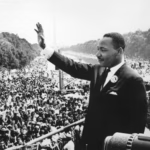 Henry Louis Taylor, Jr.01/20/2025Reflections on Martin Luther King, Jr.’s Dream
Henry Louis Taylor, Jr.01/20/2025Reflections on Martin Luther King, Jr.’s Dream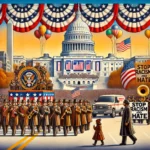 Henry Louis Taylor, Jr.01/09/2025The Trump Inaugural Parade is a Political Event
Henry Louis Taylor, Jr.01/09/2025The Trump Inaugural Parade is a Political Event Henry Louis Taylor, Jr.05/04/2024The Occupation of Hayes Hall: Student Rebellions and Remaking the U.S. UniversityThe Occupation of Hayes Hall
Henry Louis Taylor, Jr.05/04/2024The Occupation of Hayes Hall: Student Rebellions and Remaking the U.S. UniversityThe Occupation of Hayes Hall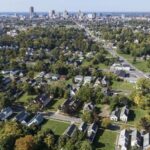 Henry Louis Taylor, Jr.03/21/2024Ryan’s infill housing strategy is the right plan for Buffalo
Henry Louis Taylor, Jr.03/21/2024Ryan’s infill housing strategy is the right plan for Buffalo
